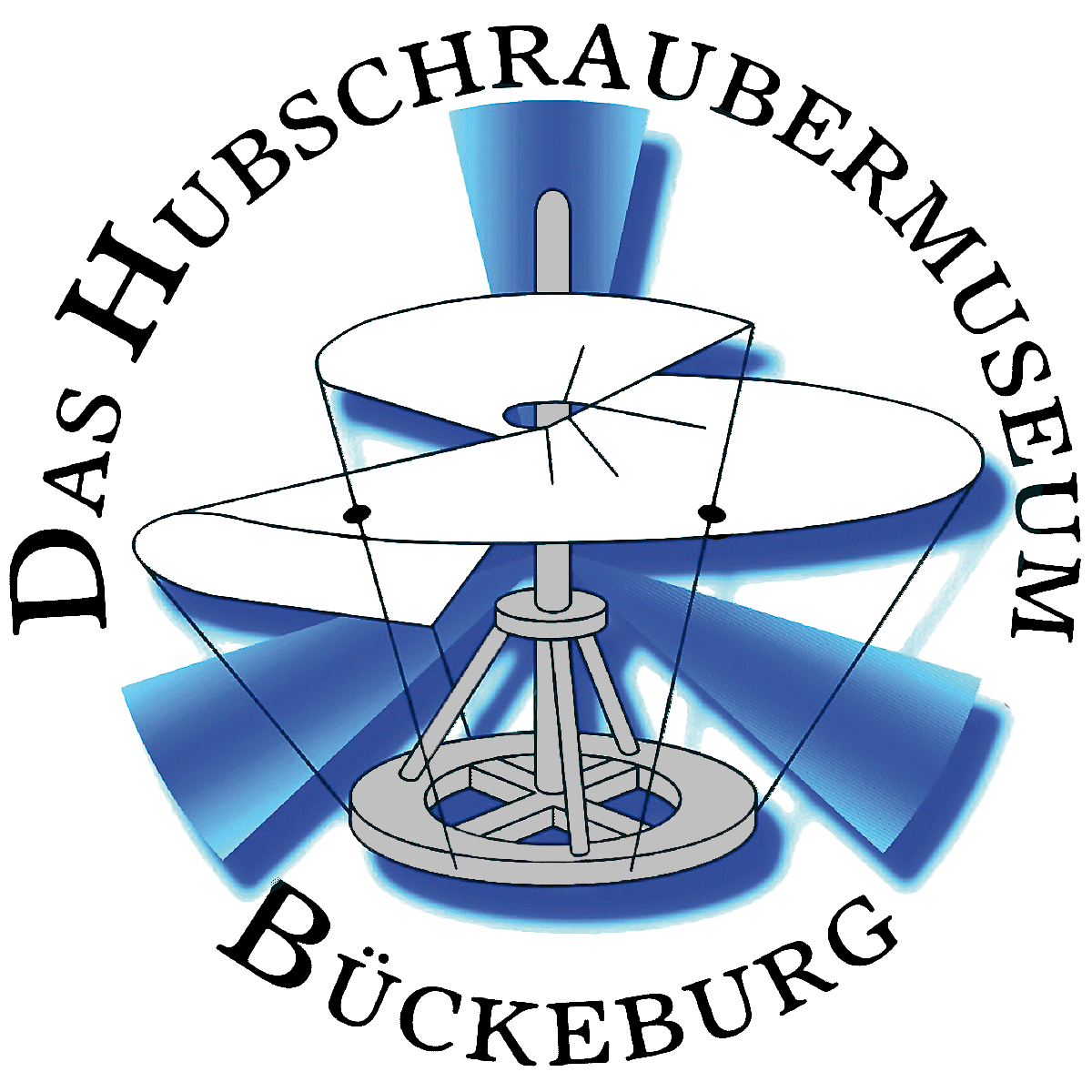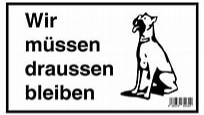Michail Leontjewitsch Mil-EN
Michail Leontjewitsch Mil
Mikhail Leontyevich Mil (Russian: Михаи́л Лео́нтьевич Миль;
22nd November 1909 – 31st January 1970) was a Soviet aerospace engineer. He founded the Mil Moscow Helicopter Plant, which is responsible for many well-known Soviet helicopter models.
Mil was born in Irkutsk in Jewish family. His father was an employee of the Trans-Siberian Railway, and his mother was a dentist. His grandfather was a cantonist who had been drafted from Libava (today Liepāja), Latvia, and who settled in Siberia after 25 years in the Imperial Russian Navy.
At age 12, Mil won first prize for a model glider competition. In 1926 he entered the Siberian Technological Institute in Tomsk; however, since there was no curriculum for aeronautical engineering, he transferred in 1928 to the Don Polytechnical Institute in Novocherkassk, where he was able to specialize in aviation. He married a fellow student, P.G. Rudenko, in 1932 and 4 daughters and a son followed.
After graduating from the Institute in 1931, Mil began his career at TsAGI, too late to work under its original founder, Nikolay Yegorovich Zhukovsky. He specialized in the design of autogyros, and was an assistant to his future rival, Nikolay Kamov. With the start of World War II, Mil was drafted into the Red Army and fought on the Eastern Front in 1941 near Yelnya. In 1943 he was called back to continue research and development in improving the stability and control of combat aircraft. He completed his dissertations (“Candidate”, 1943, Ph.D., 1945) and in 1947 headed the Helicopter Lab at TsAGI, which was later turned into the Moscow Helicopter Plant.
Mil’s creations won many domestic and international awards and set 69 world records. Most notably, the Mil Mi-4 won a Gold Medal in the Brussels International Exhibition in 1958. In 1971, after his death, his Mil Mi-12 won the Sikorsky Prize as the most powerful helicopter in the world. Unlike his Soviet counterpart, Nikolai Kamov, Mil enjoyed great prestige due to his single-rotor helicopters, as Kamov used the co-axial rotor layout, which was more controversial.
Mil died in 1970 in Moscow and was buried in Yudinskoe Cemetery in the outskirts of Moscow.
Awards and honors:
- Order of Lenin (three times) (incl. 28th July 1966)
- Order of the Red Banner of Labour
- Order of the Red Star
- Hero of Socialist Labour – for outstanding contributions to the development of Soviet aviation, Mikhail Leontyevich Mil was awarded the title Hero of Socialist Labour and the Order of Lenin and the Hammer and Sickle Gold Medal
- Lenin Prize (1958)
- USSR State Prize (1968)
- Order of the Patriotic War, 2nd class
- Order of Polonia Restituta, 5th class (Poland)
Text from Wikipedia, the free encyclopedia



